Building Human-Robot Relationships Through Music and Dance
Cars That Think
DECEMBER 1, 2021
Part of the problem is that robots, generally, just do whatever they’ve been programmed to do, and for a human, there’s typically no feeling that the robot is in the slightest bit interested in making any sort of non-functional connection. There’s no reliably good way of getting a human to trust a robot.







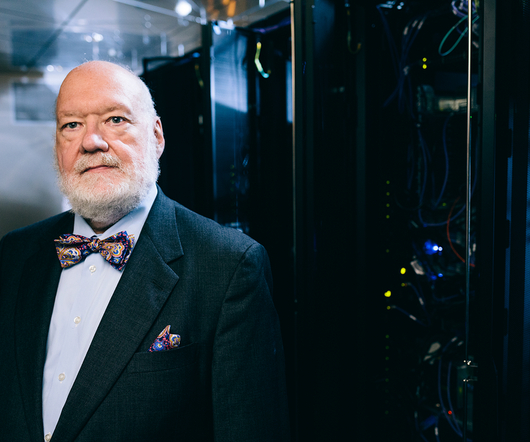








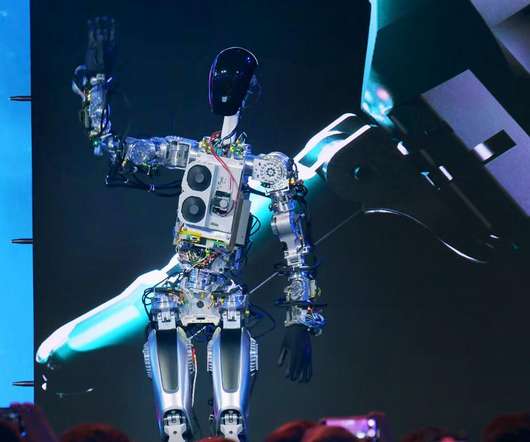
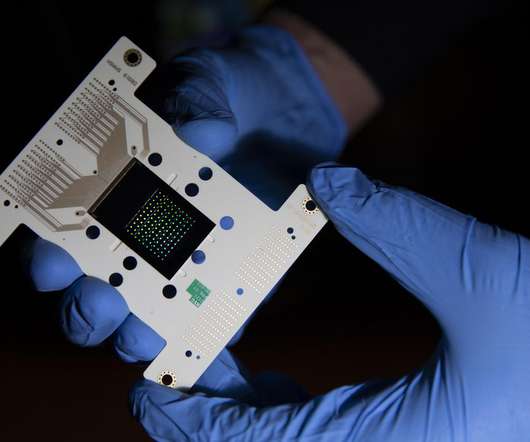










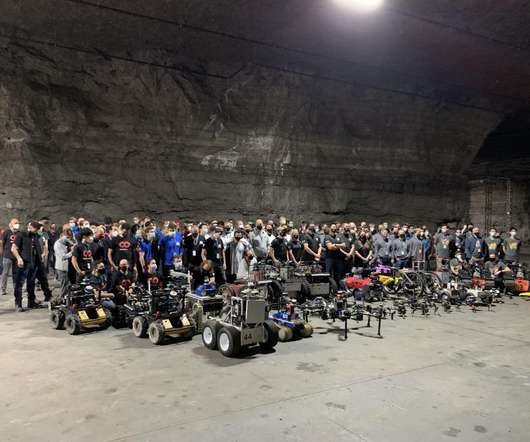







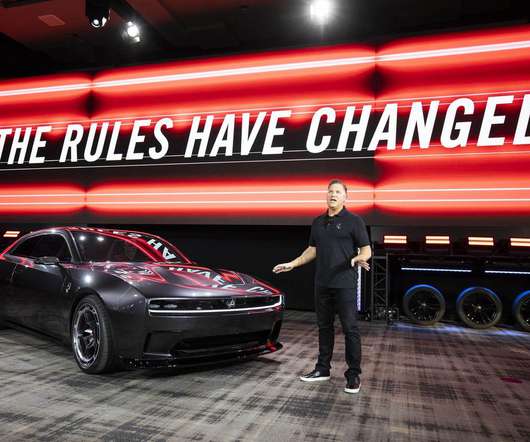







Let's personalize your content